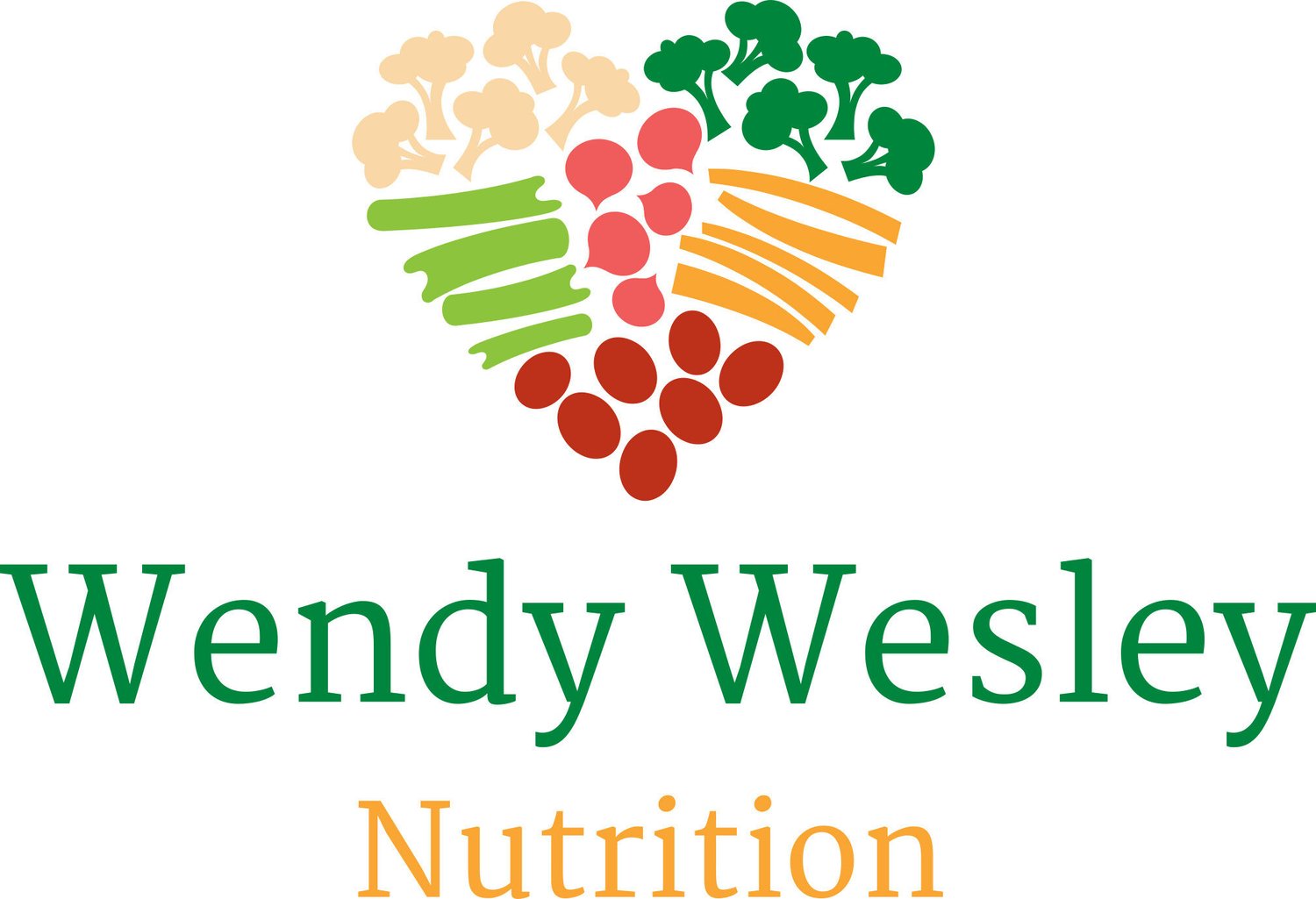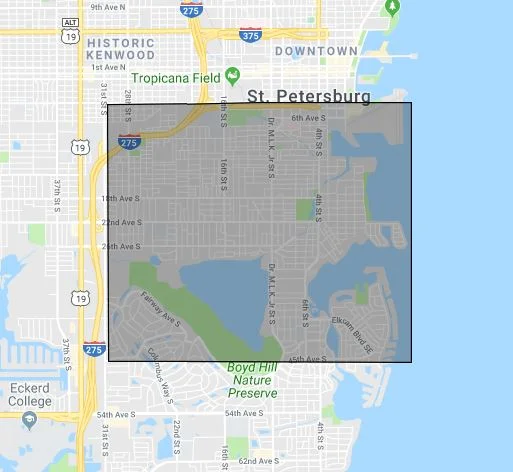With his feet wrapped in bandages the man hobbled up to the table where I was standing.
I first noticed the hobbling gait, then the feet crammed into flip-flops. His heels were hanging off the edge. A volunteer at the table I was visiting knew him.
“Hey, Charles. How’s life?”
“You know, I can’t complain,” he said. “I’m alive.”
I was at St. Petersburg’s Enoch Davis Youth Farm kick-off event learning about time banking, sustainable agriculture and a lot of issues that ignite local passions, but it was Charles’ story that made the most impact.
He learned I am a dietitian and asked a slew of questions about food and diabetes. He is middle-aged with a medical history of type II diabetes, congestive heart failure, and chronic kidney disease at the fourth stage which is pre-dialysis.
After several hospitalizations over the past two years, Charles pointed to the closing of the Walmart grocery store, inside the city’s Community Redevelopment Area at 18th Avenue and 22nd Street south, as the fast catalyst for his worsening health.
“I used to walk there,” he said. “Every other day I got fresh vegetables and fruits, nuts, and other stuff that I would store in my room.”
“So, how do you get groceries now?” I asked.
“I don’t,” he answered. “Since that store closed, I’ve been eating junk from a gas station. Chips and crackers and stuff. And that’s when things got bad for me.”
Charles lives in a rooming house in the Midtown section of south St. Petersburg with one refrigerator shared among all residents, Charles said he couldn’t trust his roommates to not steal his food from the common refrigerator but could lock unrefrigerated foods in his room. He had access to a full kitchen with a stove and microwave oven.
With this information he and I reviewed the list of shelf-stable items he can store in his room that would be within the limits of his diet. We discussed many strategies and seemed to be making headway with a plan.
But then Charles abruptly stopped and wondered aloud, “Where am I going to get these foods?”
I had to admit, we were stuck.
He suspected his current convenient store and gas station diet was exacerbating his heart failure and kidney failure. I confirmed that managing diabetes on a highly-processed diet is challenging because of added sugars and lack of fiber. He seemed despondent and hopeless and I admit I did, too.
Not only is this diet exacerbating his health problems, but his food costs have tripled. Consider a gallon of milk at a gas station or convenience store can cost $5 and a dozen eggs $3.75 compared to $2.59 and 75 cents respectively at Aldi across town.
What is the solution? More hand wringing? More shuttles to the mega Walmart?
As of this writing, a 42-block area of St. Petersburg has been without a full-service grocery store for more than 900 days. In that time St. Petersburg has elected a new mayor, half of a City Council and it is poised to elect the other half in November.
We have heard nary a word from our local officeholders or candidates regarding the lack of affordable and nutritious foods in the area and the negative impact on health this creates.
As a clinical dietitian at a local acute-care hospital, I educate and treat patients with diabetes, heart disease and kidney failure who reside in that 42-block area. My patients cannot properly manage their diseases on a gas station and convenience store diet that offers, low fiber, low nutrient, high sodium and high sugar foods with an even higher price tag.
Many local social service agencies are aware of the problem and try to help. They include the St. Pete Free Clinic, Daystar, and the Youth Farm at Enoch Davis, however, gardens and food pantries are not the answer to food insecurity. Nor are city-sponsored shuttle services to Walmart or pop-up produce carts.
A promising solution is the One Community Grocery Co-Op which pledges to follow a road-tested national model of forming grocery co-ops designed by the Food Co-Op Initiative. One Community must recruit 300 members to finish Phase 1 and is seeking financial support for marketing to recruit more members. Co-ops work in cities like Tallahassee and Minneapolis and will thrive here, too.
Yes, Beach Drive and downtown are booming. Tourism and the arts are flourishing. We have an enviable restaurant and nightlife scene. All these things make St. Petersburg, my hometown, sparkle.
But many in our community are marginalized, left behind and hindered by a lack of leadership, action and vision.
St. Petersburg is only as healthy as its poorest and sickest residents.


